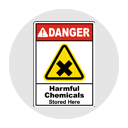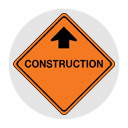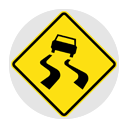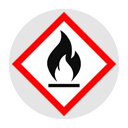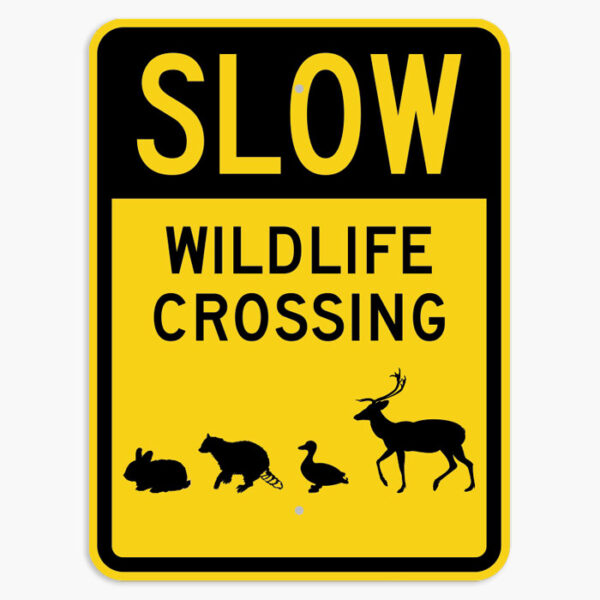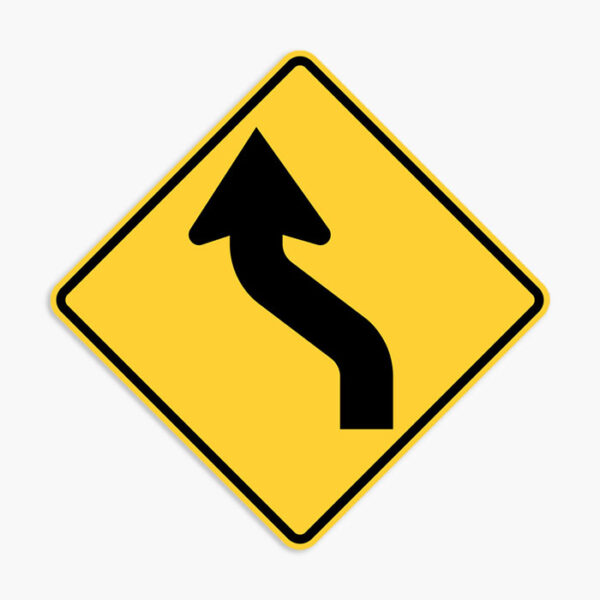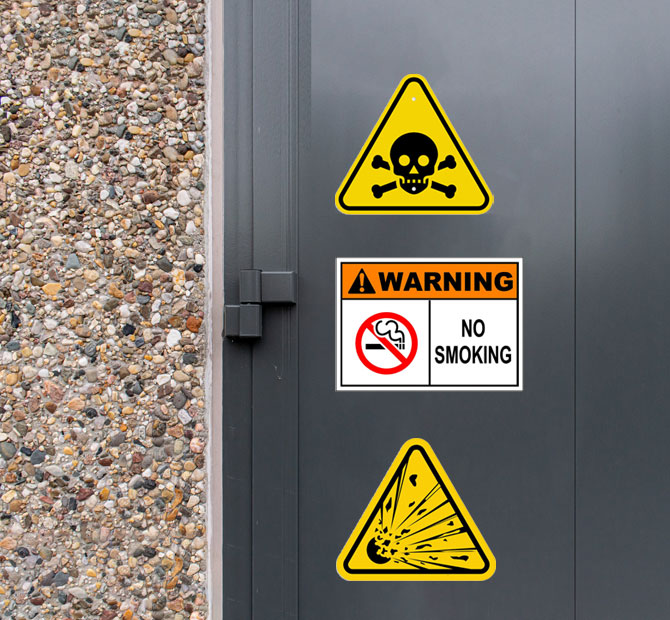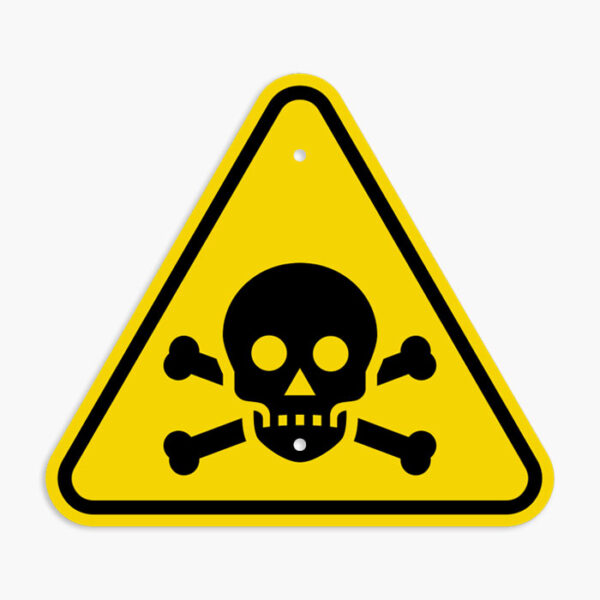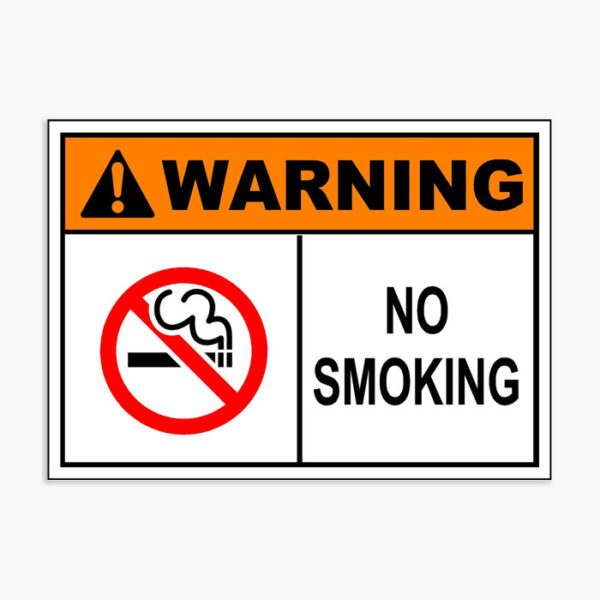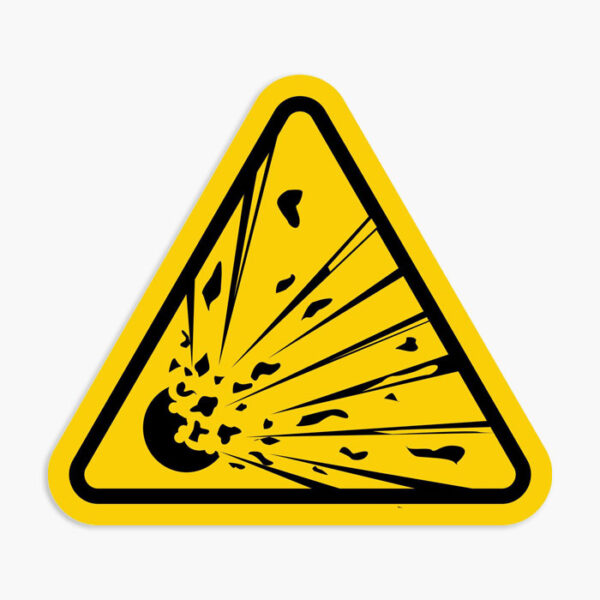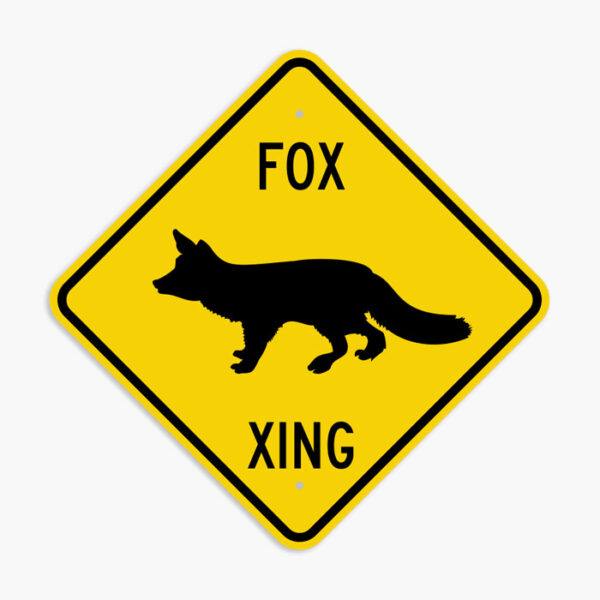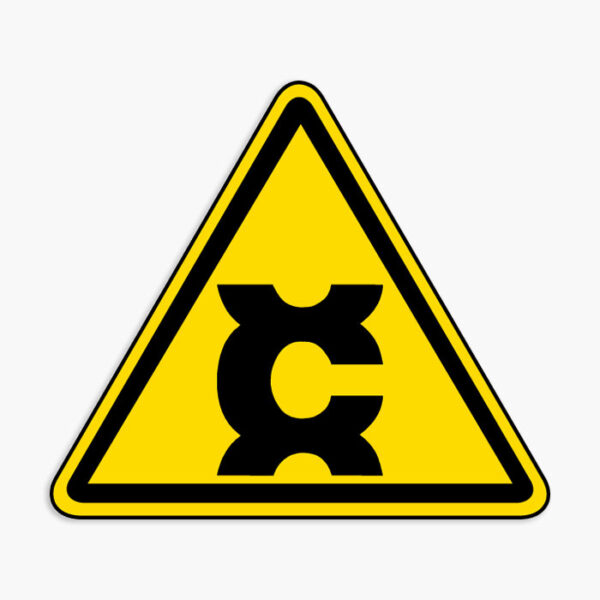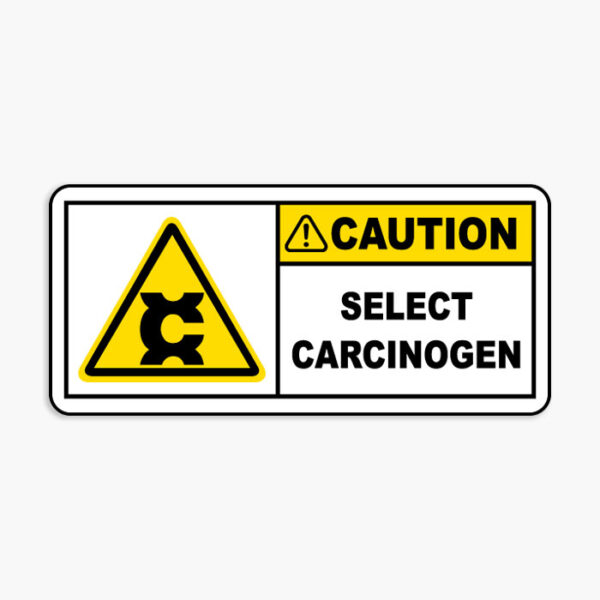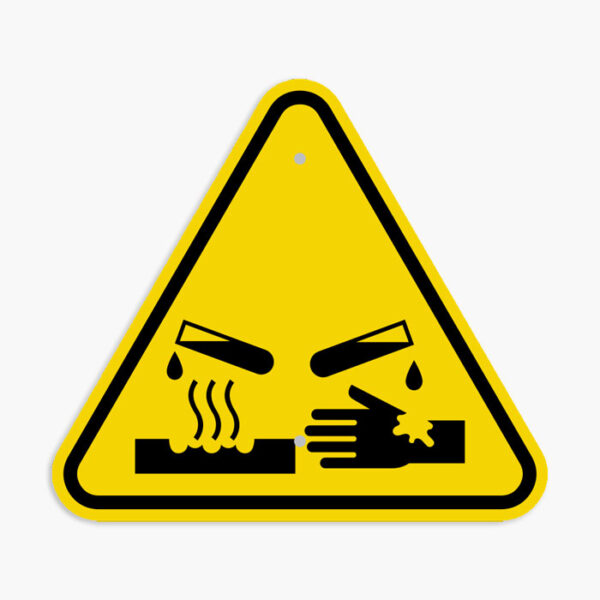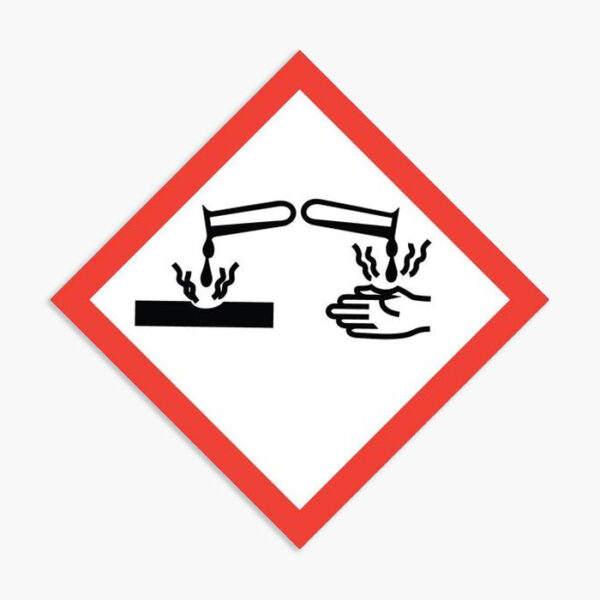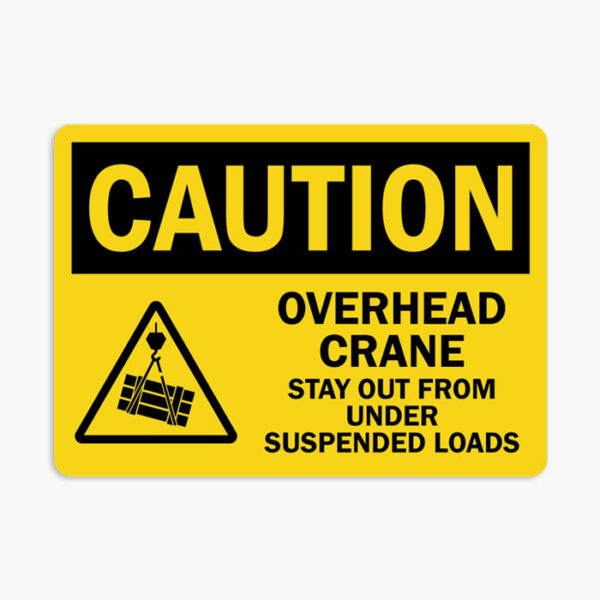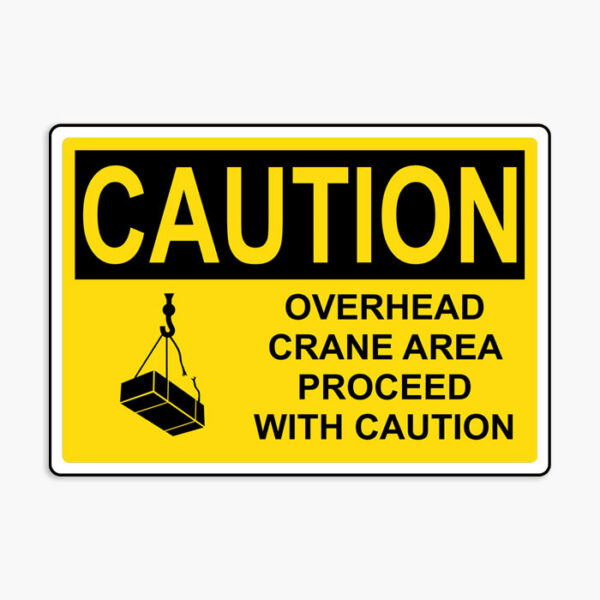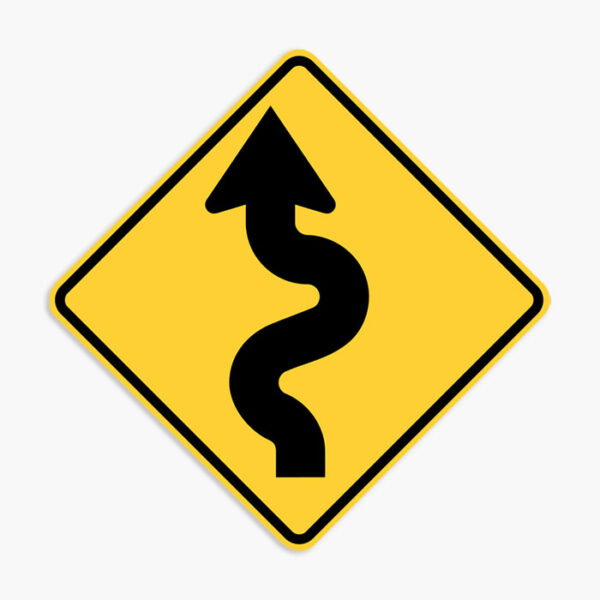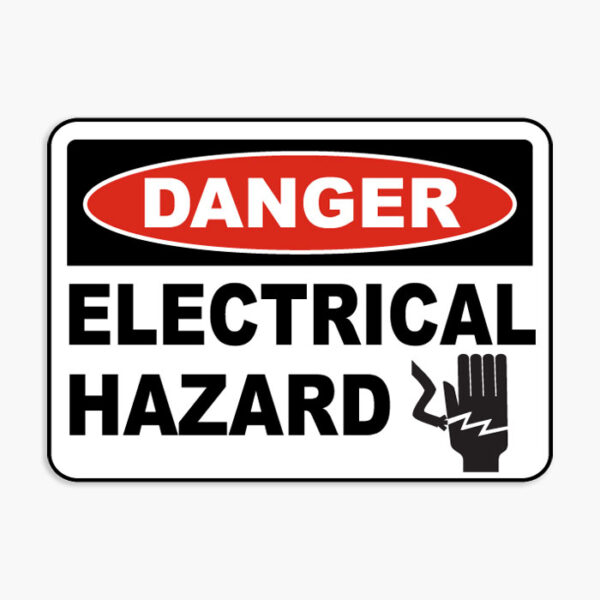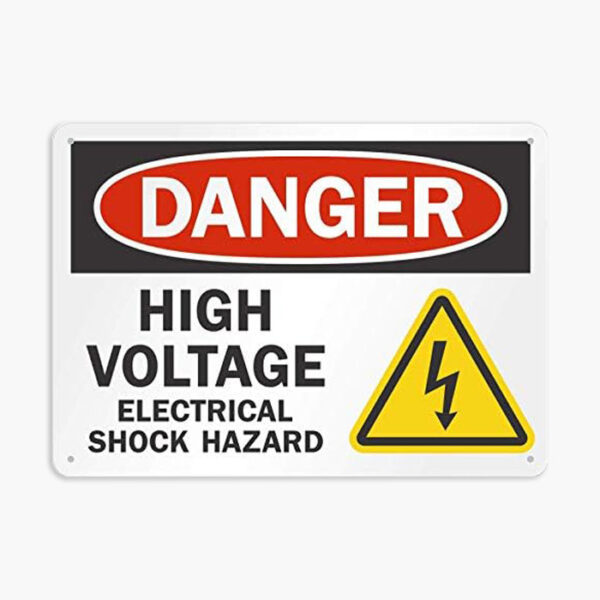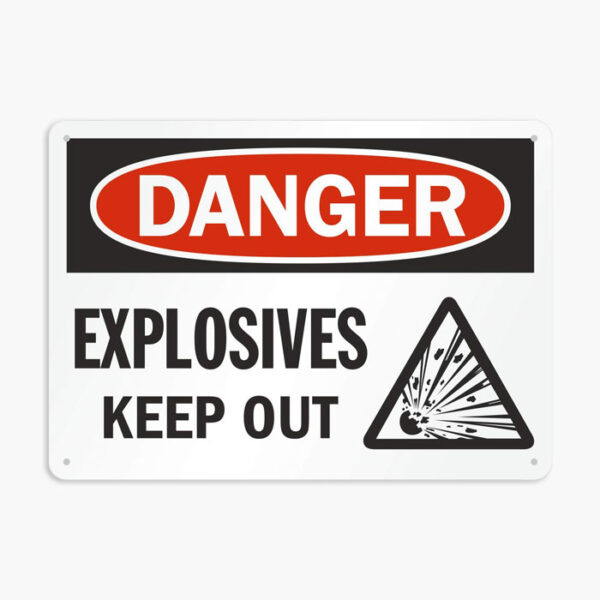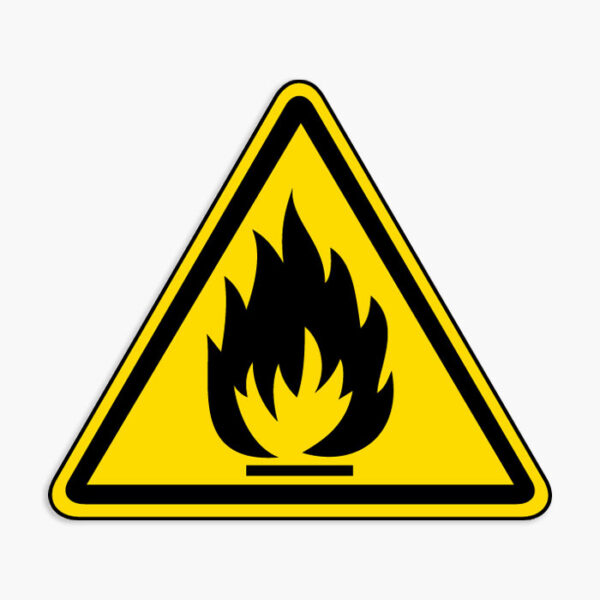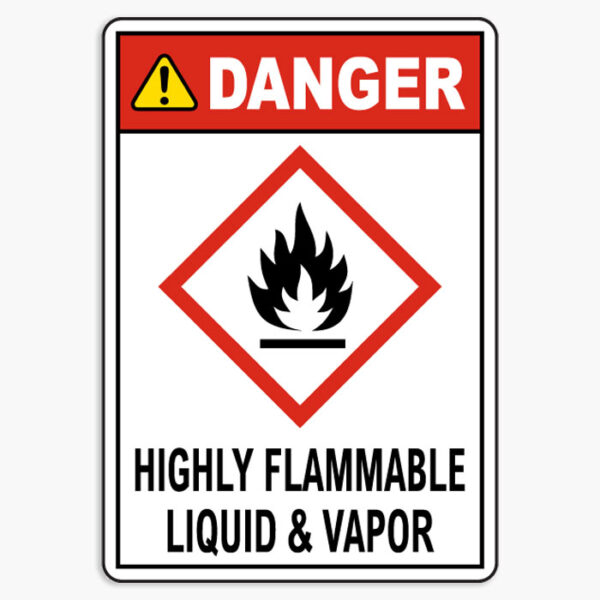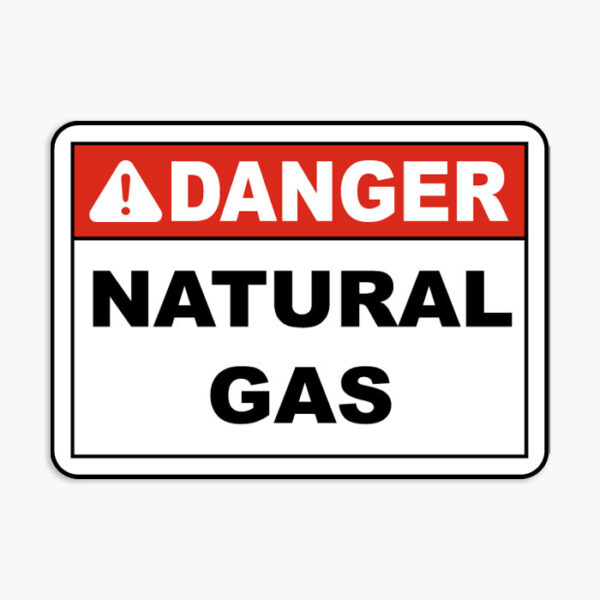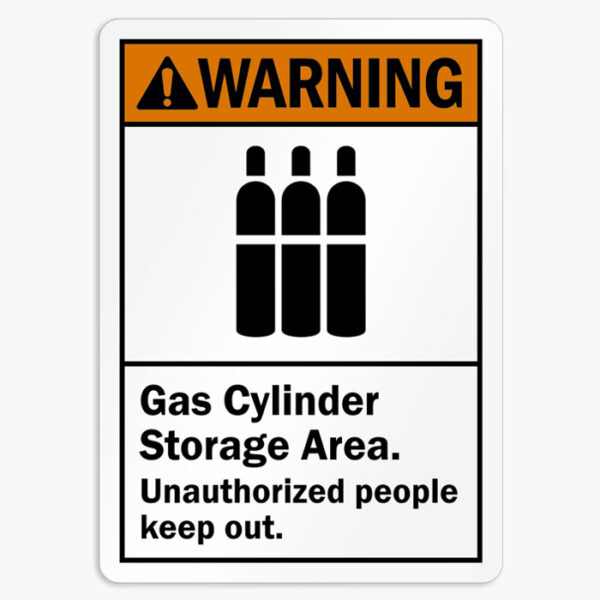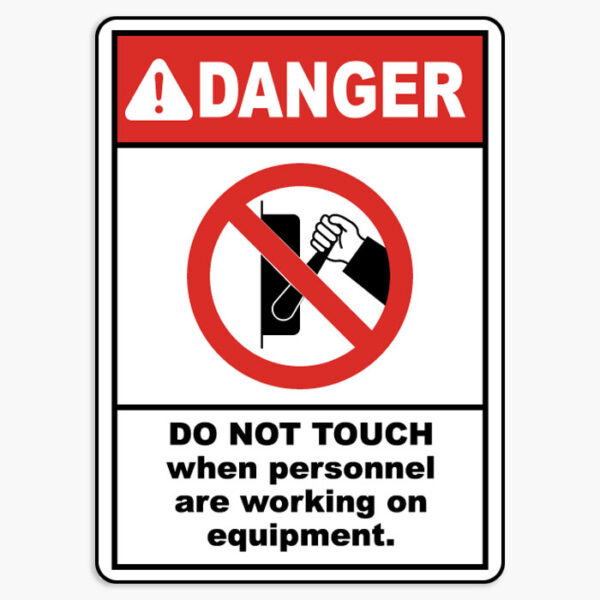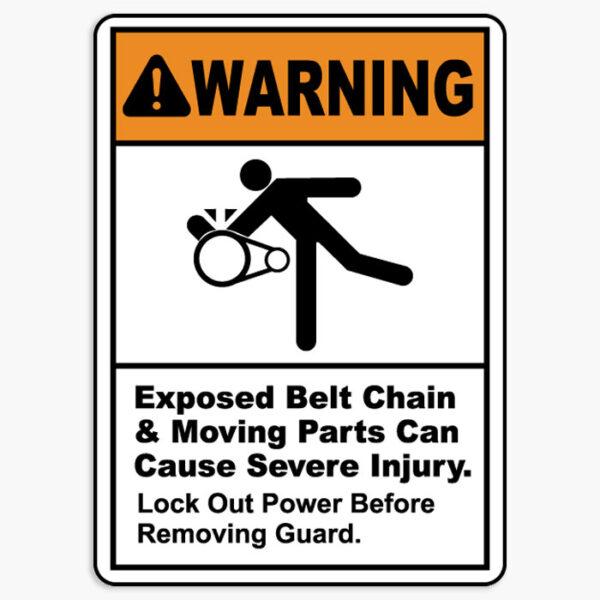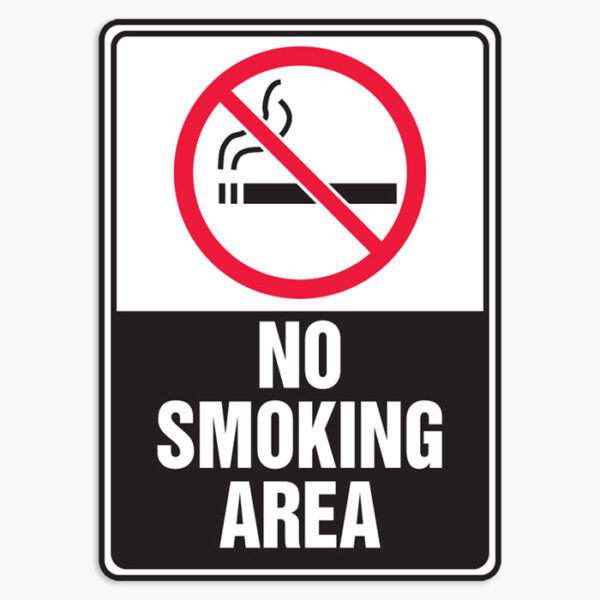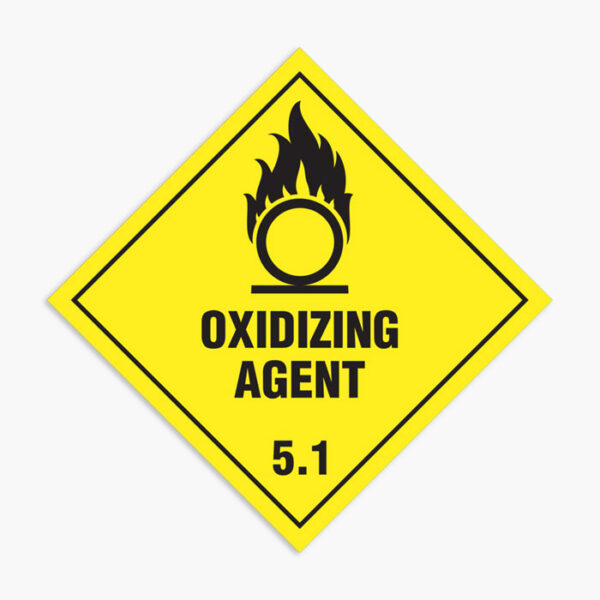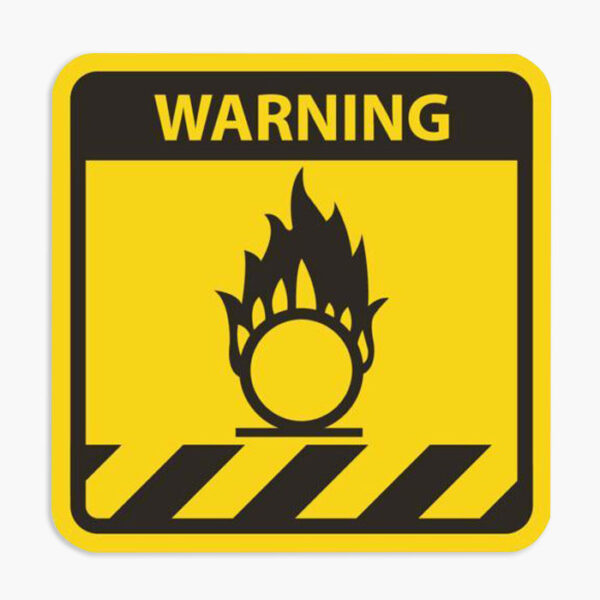Warning Signs
Projects & Ideas
Popular Brands
Custom Alumetal Warning Signs
Q: What are warning signs?
A: Warning signs are a type of industrial signage used to convey potential dangers, risks, or safety precautions to individuals. They typically use specific icons, colors, and text to alert people to remain cautious in specific areas or situations.
Q: What is the purpose of warning signs?
A: The primary purpose of warning signs is to alert people to potential hazards so that they can take appropriate measures to protect themselves. These signs help prevent accidents and injuries by prompting individuals to remain vigilant in hazardous environments.
Q: What do the colors and icons on warning signs signify?
A: Warning signs typically use vibrant colors such as yellow or orange, along with strong, attention-grabbing icons like exclamation marks, lightning bolts, or images of hazardous materials. These elements are used to capture people’s attention and convey potential dangers.
Q: Where can warning signs be found?
A: Warning signs can be found in various locations, including industrial facilities, construction sites, roads, public facilities, chemical laboratories, and more. They are used to identify various types of hazards, such as high voltage, toxic substances, slip hazards, and more.
Q: How should one respond to warning signs correctly?
A: When encountering warning signs, individuals should immediately stop, pay attention to the information on the sign, understand the potential hazards, and take appropriate precautions, such as wearing safety equipment or quickly exiting a hazardous area.
Q: How do warning signs differ from other types of industrial signage?
A: Unlike directional or instructional signs, warning signs emphasize potential hazards and are intended to prompt people to take preventive measures. Other types of signs may provide more specific operational guidance or directions.
Q: How can the visibility and effectiveness of warning signs be ensured?
A: Warning signs should be placed in visible locations, ensuring that their icons and text are clear and easily legible, without obstruction or damage. Regular inspection and maintenance of warning signs help maintain their visibility and effectiveness.
Q: Are there different standards for warning signs in different countries or regions?
A: Yes, different countries or regions may have varying standards and regulations that dictate the design, colors, icons, and other requirements for warning signs. Adhering to local regulations when creating and using warning signs is an important step to ensure compliance.
Q: Can warning signs be customized?
A: Yes, warning signs can be customized based on specific needs. Warning sign icons, text, and colors can be tailored to address specific hazards and contexts, meeting specific alerting requirements.
Q: What impact does the presence of warning signs have on workplace safety?
A: The presence of warning signs alerts employees and visitors to potential dangers, prompting them to stay vigilant and take appropriate safety measures. This helps reduce the risk of accidents and injuries, enhancing workplace safety.






